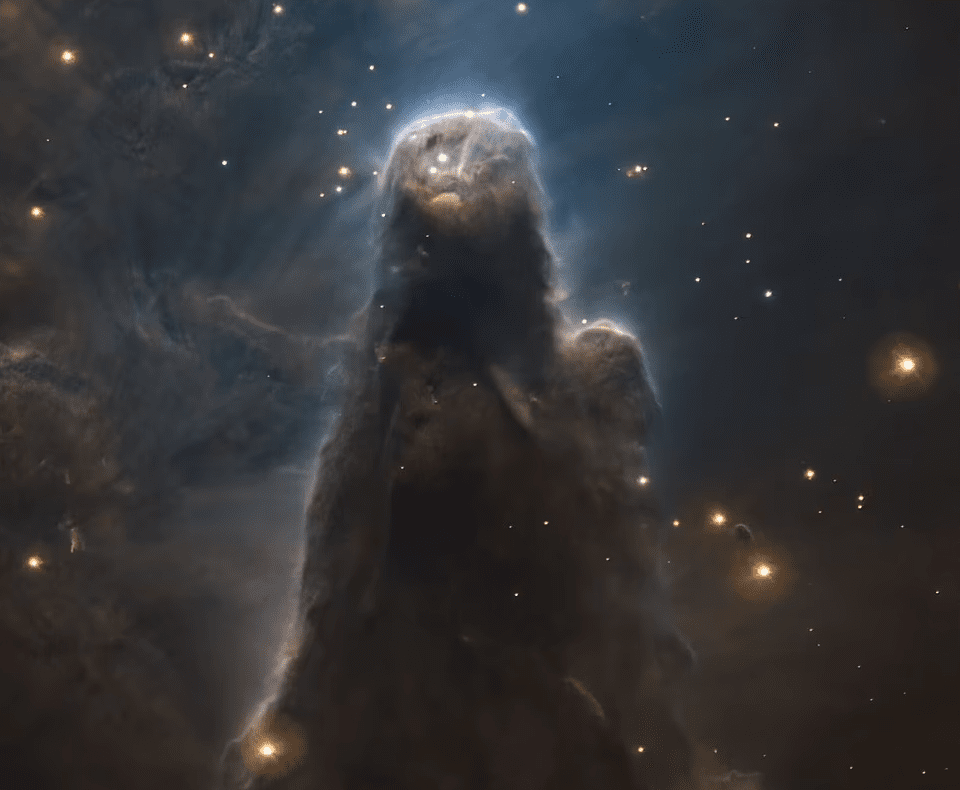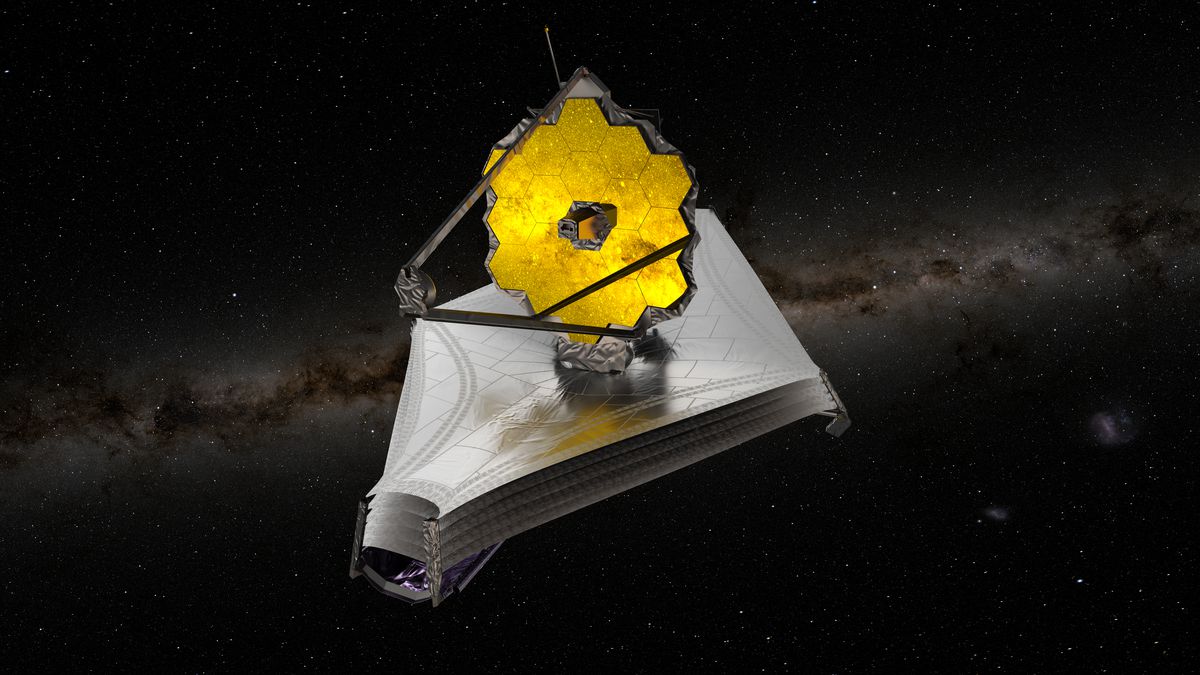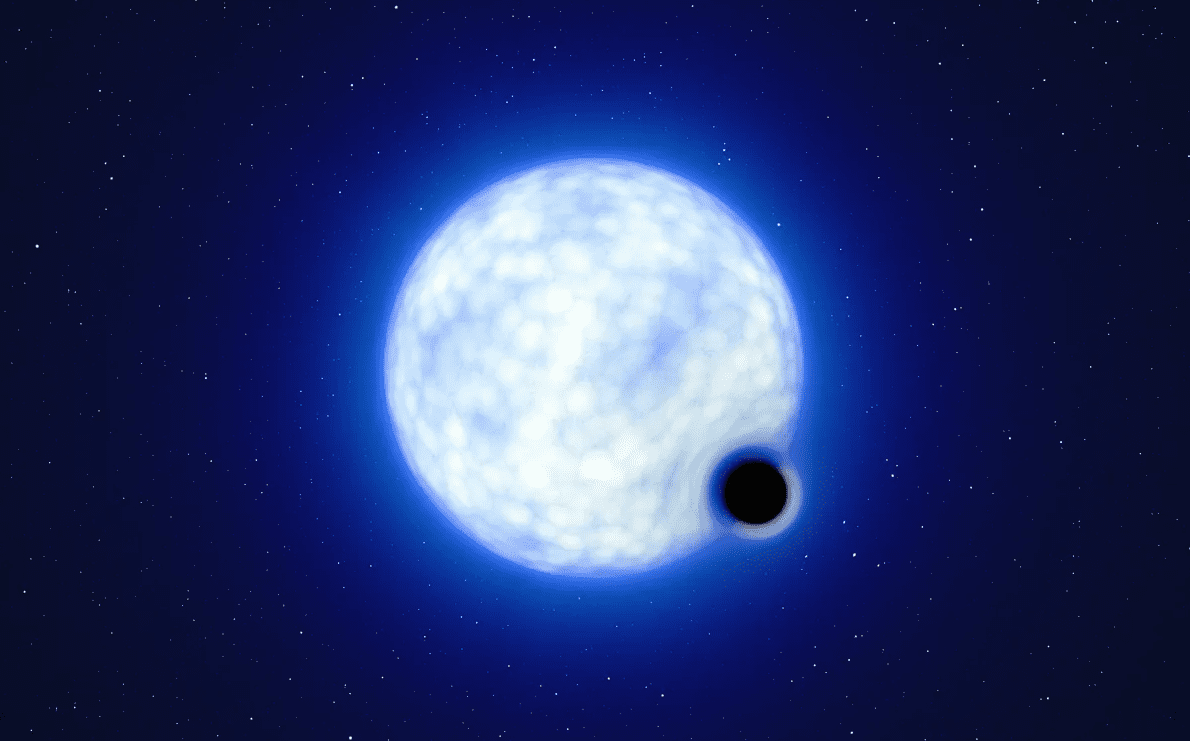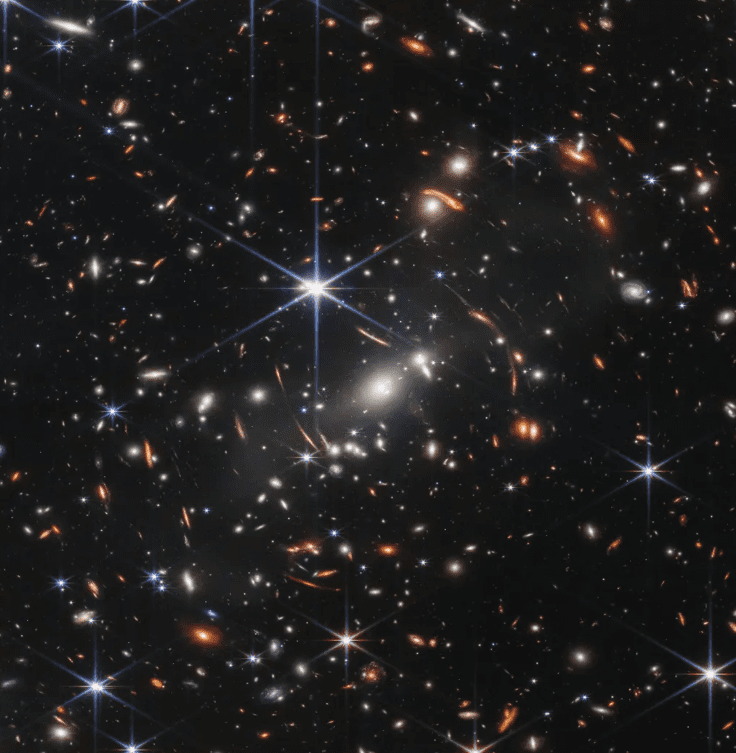The Cone Nebula, a star-forming area in the Milky Way Galaxy around 2,500 light-years from Earth, appears to be a legendary monster in this disturbing photograph.
The nebula is named after its conical shape and is located in the tumultuous, 7-light-year-long area of NGC 2264, which is a source of intensive star creation around 2,500 light-years from Earth.
The Cone Nebula has received a lot of attention due to its proximity to our planet. Previous images, however, lacked the incredible detail seen in the new observation, which was made earlier this year by the Very Large Telescope (VLT) in northern Chile’s Atacama Desert, according to a statement(opens in new tab) from the European Southern Observatory, which operates the telescope.
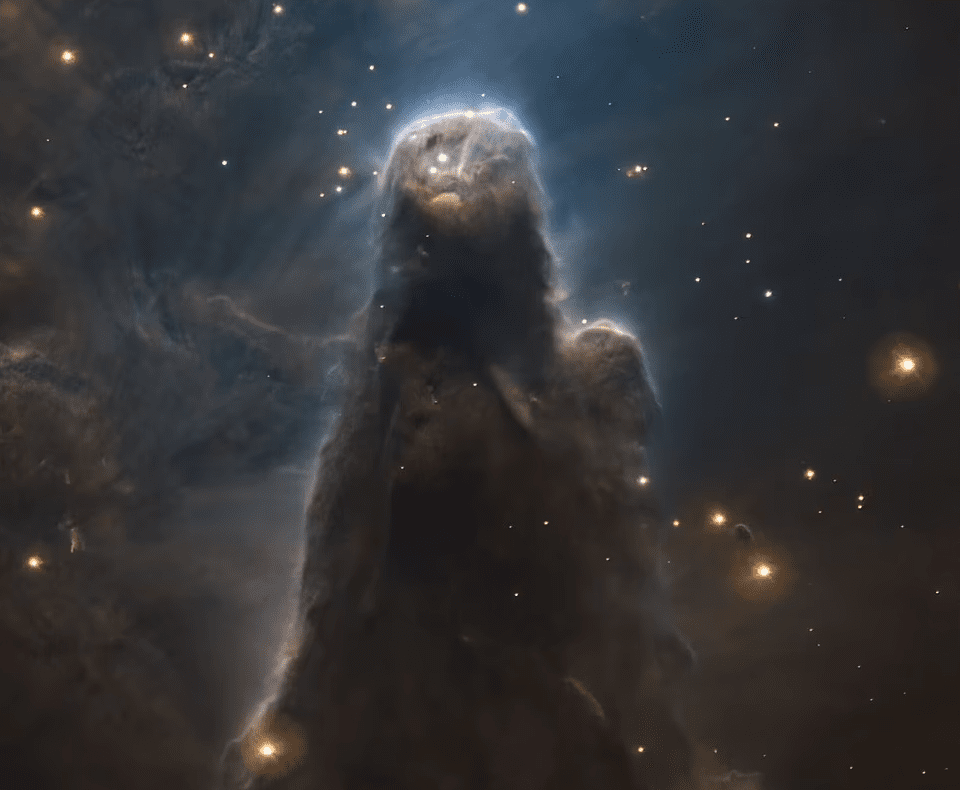
Nebulae are formed when a star larger than the Sun reaches the end of its life and spews its contents into space. These structures, also known as nebulae, are made of dust, hydrogen, helium and other ionized gases. Stars also form in nebulae.
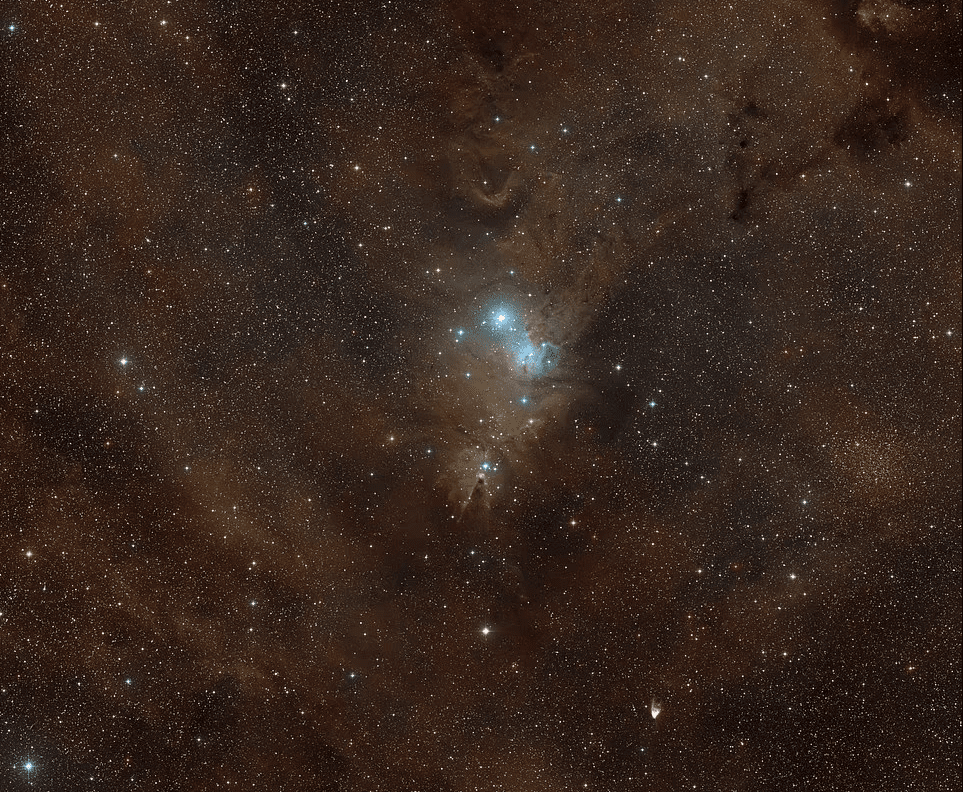
1/ For the past #ESO60Years we have been enabling scientists worldwide to discover the secrets of the Universe. We mark this milestone by bringing you a new image of a star factory, the Cone Nebula, taken with the VLT https://t.co/duSdkY14Z2
Credit: @ESO pic.twitter.com/9CfsAU4VmN— ESO (@ESO) November 10, 2022
The Cone Nebula, named after its shape, is located in the constellation Unicorn. The nebula, which is about 2,500 light-years from Earth, has been the subject of much study due to its relatively close proximity. But previous images lack the detail of the VLT’s latest image.
Hydrogen is seen in blue and sulfur in red. Young stars in the nebula glow yellow.
The nebula’s unique shape is caused by clouds of molecular gas and dust that allow new stars to form. These columns are created when young stars emit stellar winds and ultraviolet radiation, which help to drive away the material around them.
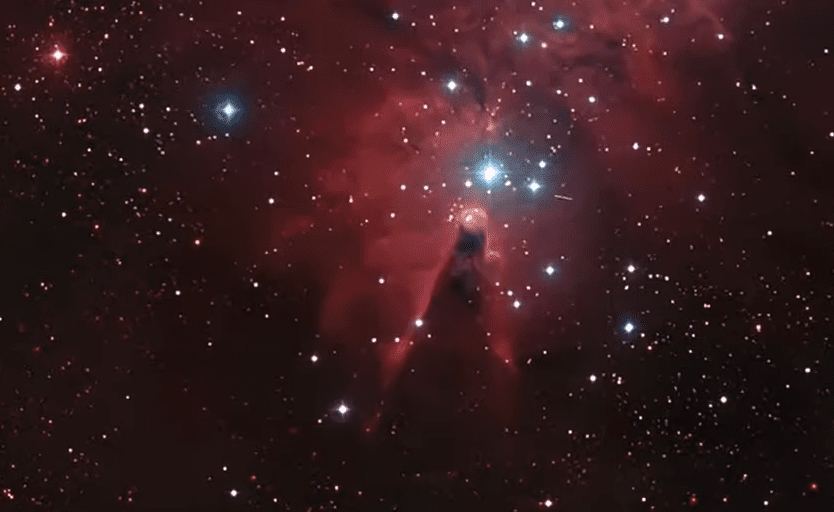
The European Southern Observatory was founded on October 5, 1962, with the signature of Belgium, Germany, France, the Netherlands and Sweden. Other European states later joined the observatory.
https://youtu.be/Y–sR25dl9k
ESO operates three unique world-class observatories in the Atacama Desert. In addition to the VLT, they house instruments such as the 3.5-meter New Technology Telescope and the spectrometer HARPS.
Main sources: Space.com, Daily Mail,

